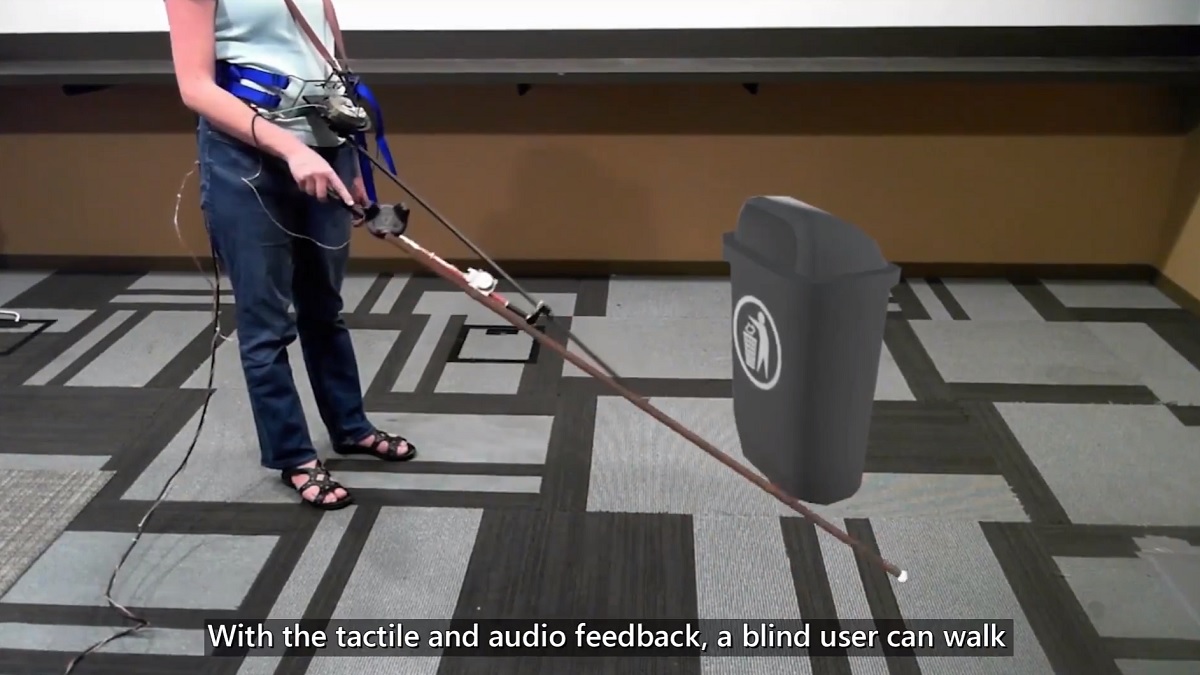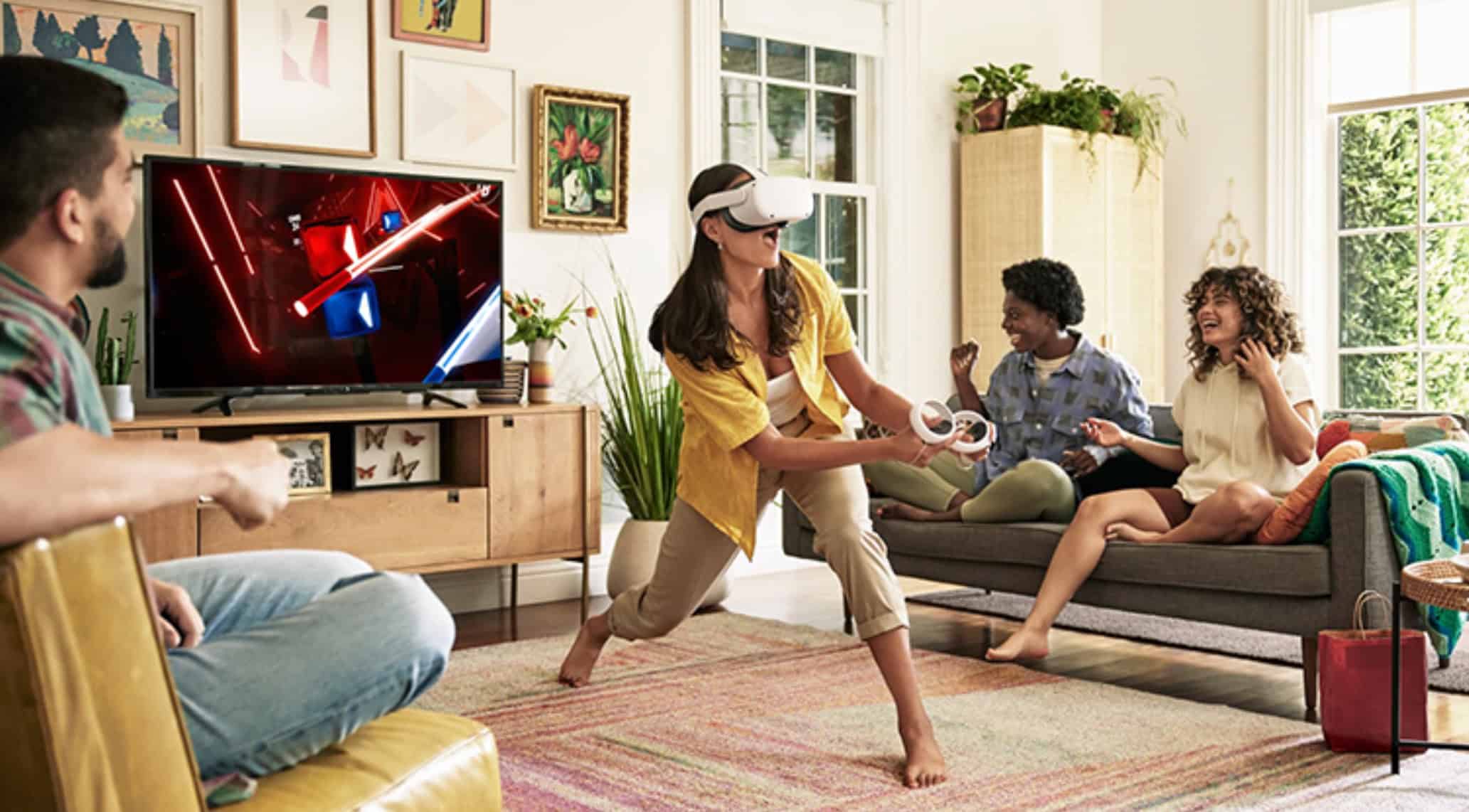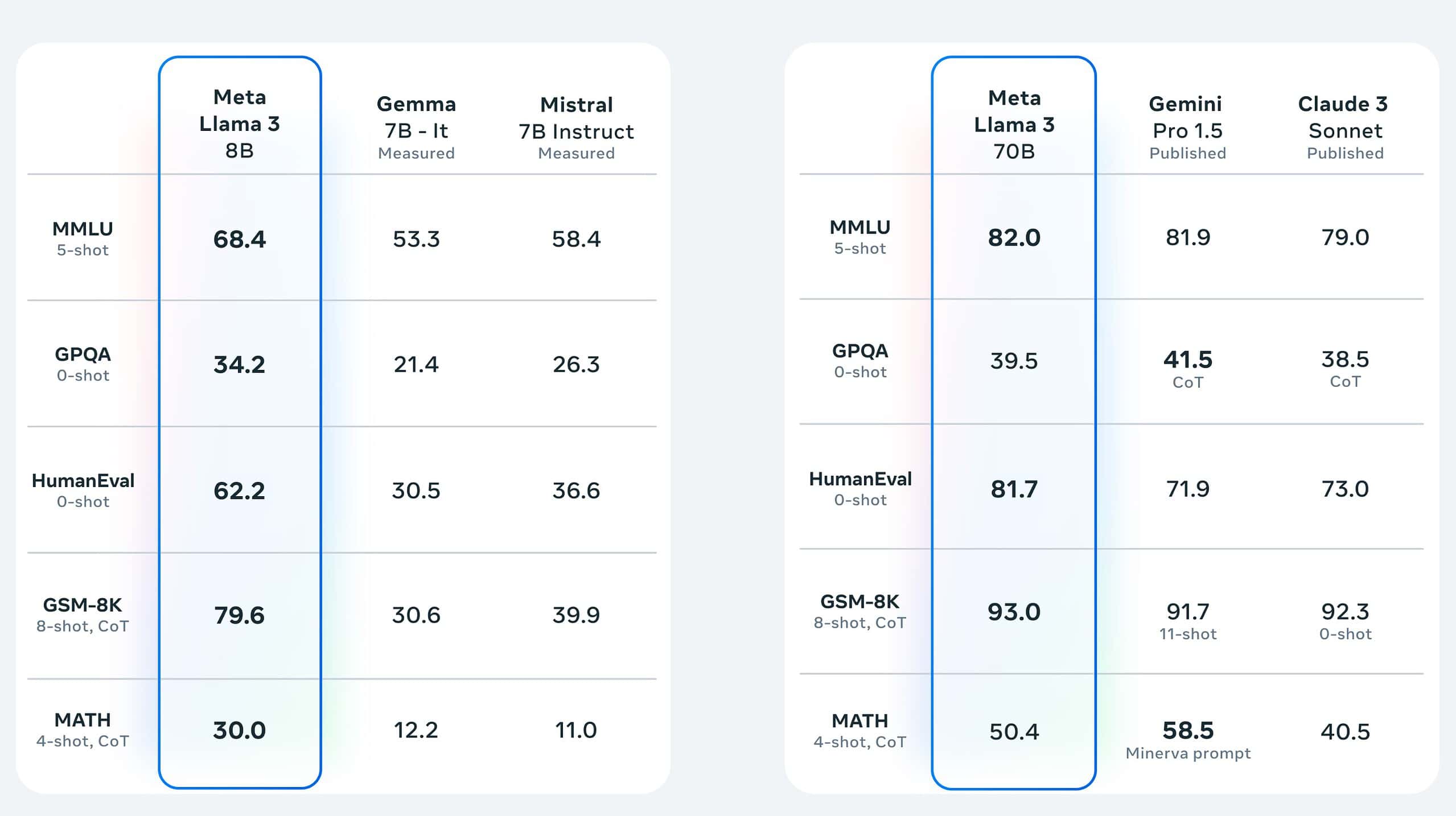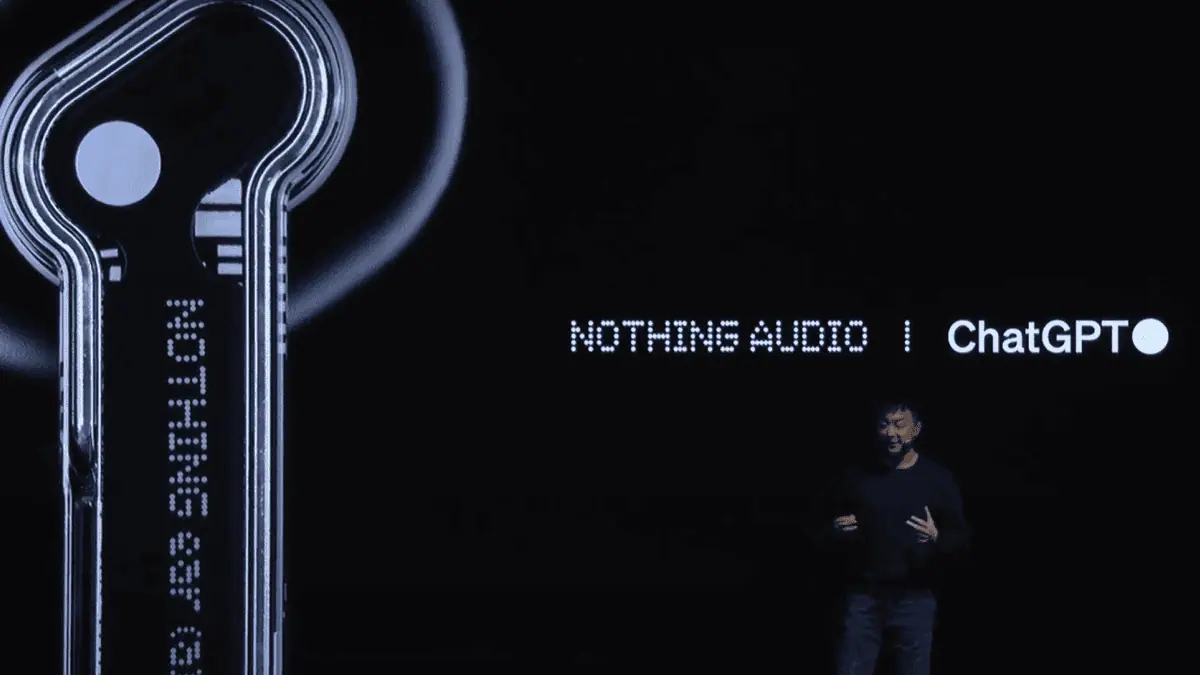Microsoft creates novel cane controller which lets visually impaired navigate in VR
2 min. read
Published on
Read our disclosure page to find out how can you help MSPoweruser sustain the editorial team Read more

While virtual reality would seem an opportunity to create a brand new interface for the visually impaired to interact and navigate with a virtual space, creating new techniques makes it more difficult for the visually impaired to transfer skills they already use in day to day life to navigate the real world.
Microsoft Research’s invention of a novel cane controller which closely simulates a real cane as used by the blind therefore opens up the doors to a large number of visually impaired already trained in the technique to enter a virtual space and be immediately at home.
The canetroller uses a wide variety of haptic feedback routes (physical resistance generated by a wearable programmable brake mechanism that physically impedes the controller when the virtual cane comes in contact with a virtual object; vibrotactile feedback that simulates the vibrations when a cane hits an object or touches and drags across various surfaces; and spatial 3D auditory feedback simulating the sound of real-world cane interactions) to simulate touch, texture and sound of virtual surfaces, and in Microsoft’s testing 8 out of 9 visually impaired users were able to navigate a virtual office and street crossing after only minimal training.
Microsoft notes that the tool can also be used to train visually impaired users in a safe virtual environment before transferring their new skills to the real world.
The full paper detailing the invention can be read here.








